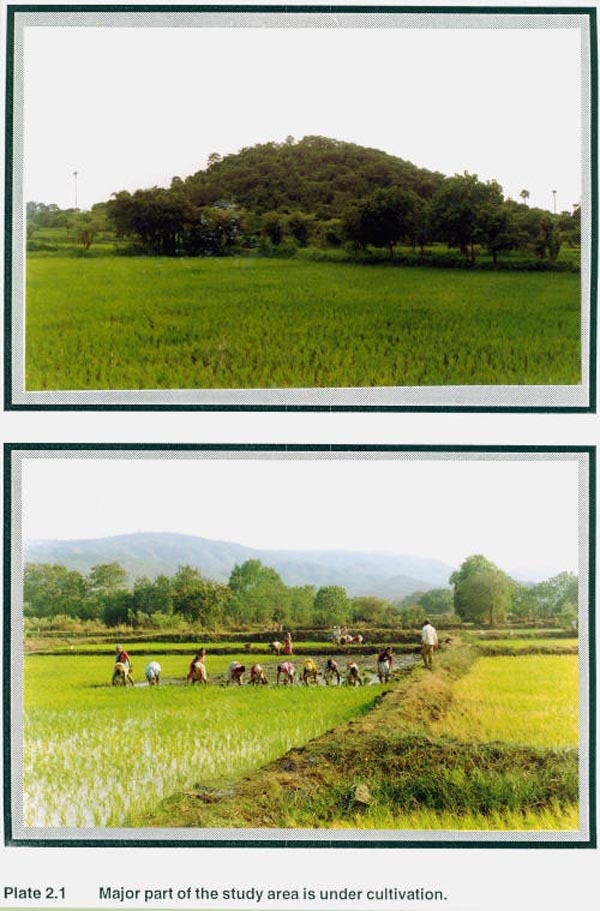Delineation of The Study Area
|
The environmental consequences of a project are a function of both the project and the receiving environment (Battelle Institute, 1978). The sensitivity of the environment determines the scope of EIA study in terms of components and the spatial area. Environmental regulations (Anon., 1986) and guidelines issued by Ministry of Environment and Forest, Govt. of India (1984) do provide justification for delimiting the study area. Yet the criteria fro developing the limits of the study are best determined based on the intensity of interference of the disturbances that the project designs and operation are likely to trigger. This approach requires considerable information concerning the developmental activities associated with the projects which may not be even available in the initial stages of the project planning at the time when the EIA study is required. An alternatives to this approach for zoning of the area, is the one that involves placing importance to the specific characteristics of the area. In line with the criteria evolved by Turnbull (1992), the study area was evaluated based on the following criteria. 1. Distinctive and unusual land forms. 2. Unusual habitat with a rarity value. 3. Unusual high diversity of biological communities due to a variety of geomorphological features etc. 4. Provision of a habitat for a rare or endangered species. 5. Large area providing a habitat for species that require such extensive areas. 6. Area location in combination with natural features providing a resource in scientific research of education terms. On the basis of information generated during visual assessment and the evaluation of environmental values of the project area based on the criteria described above, it was possible to gain sufficient justification to set the limit of the present study within the 10 km radial distance from the project site. Moreover, the area beyond this distance mostly represented human habitation area and agricultural fields with paddy as the main crop (Plate 2.1).
|
Last Updated: September 29, 2015










